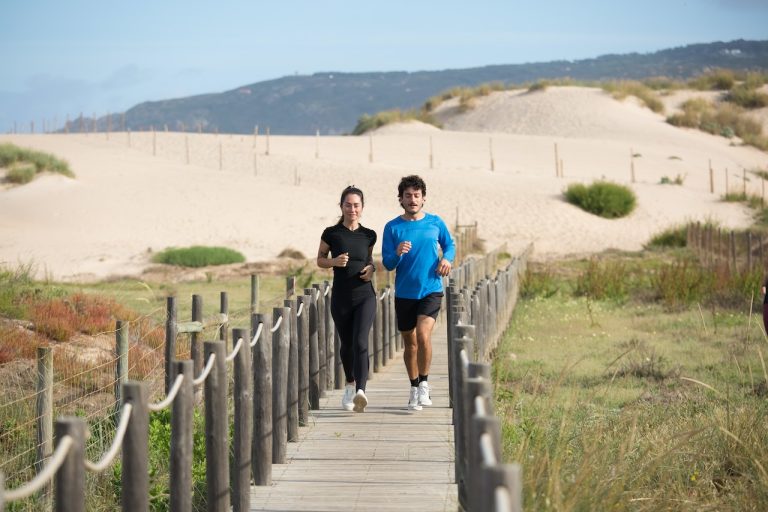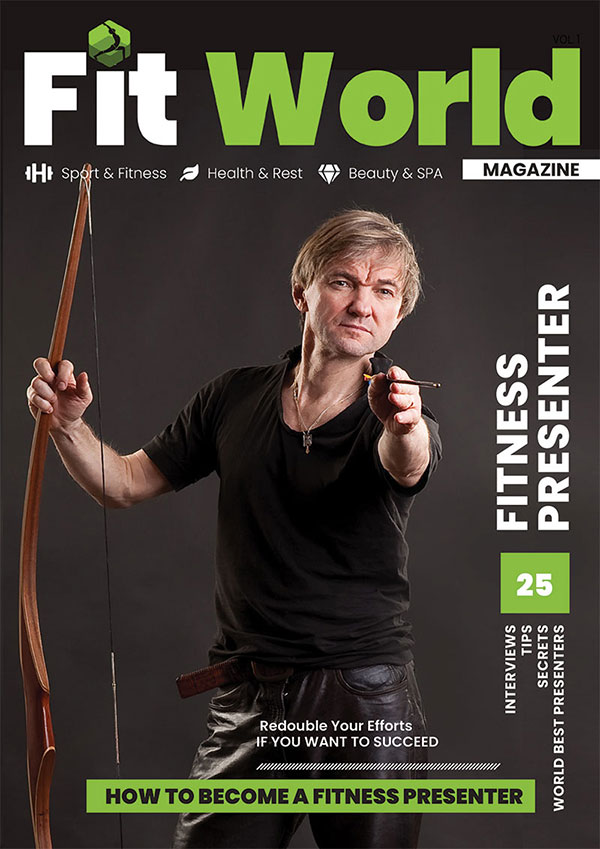Hypodynamia is the lack of physical activity and it is the plague of our day. Contrary to popular belief, people are becoming less active as life speeds up. Statistics on the rise in obesity and cardiovascular conditions serve as compelling proof of this. Diseases that are affecting more and more young people and children.
What far should you walk?
There is no one who does not know that a minimum of 10,000 steps per day should be taken. But rather than being a truth supported by science, this is a smart marketing gimmick. The pedometer was a brand-new device that debuted in the 1960s. Japanese marketers created the 10,000 000 steps claim in an effort to promote it. Since then, many individuals have come to believe that this is the daily stepping need for health.
Following several disagreements among experts, it was determined that increasing daily step count would be beneficial to one’s general health. But is everyone going for the coveted amount of steps?
No more than 3,500 to 5,000 steps are taken by an office worker who sits in front of a computer all day, takes public transportation to and from work, and doesn’t exercise. He has a sedentary lifestyle that is hazardous to his health. Even with additional walking, he hardly ever exceeds 7000 steps.
However, even the 10,000-step rule does not ensure that you will get the recommended amount of activity. To lead a healthy lifestyle, one must walk at least 12,500 steps every day.

How useful is walking?
1.Walking increases blood circulation, which saturates the blood with oxygen. As a result:
- Normal digestion and metabolism are enabled by the active supply of organs and tissues with oxygen, which is an effective way to prevent diabetes mellitus;
- Weight loss results from an increased metabolism;
- Walking decreases the risk of cardiovascular disease by 31%, and muscle and skeletal issues brought on by inactivity go away, according to a study by American cardiologists;
- Bones become thicker, lowering the chance of fracture;
- Increasing blood flow to the brain enhances focus and memory and even lowers the chance of Alzheimer’s disease, according to recent studies;
- Walking lowers eye pressure and hence lowers the risk of glaucoma;
- Skin gets more firm and youthful.
2. Going for a walk is a great approach to fight depression. Endorphins, the happiness hormone, are released when you walk.
3. Walking requires no fitness equipment and is a fully free way to enhance your health.
4. Walking is safe for all people, regardless of age or initial fitness level, and there are no contraindications to it.

Step by step
Every beginning is challenging. If your longest walk up until recently was to the bus stop, it can be hard to get 10,000 steps. If you find it difficult to walk for extended periods of time, begin with little steps and build up. Keep track of your success: fitness bracelets and other smartphone apps are available to help you keep track of your progress. In addition to your everyday walks, you can ‘accumulate’ a few hundred or even thousands of steps. Here are a few easy tips:
- Reduce the use of elevators; a few floors equal 50–70 steps.
- Make a few steps to work by leaving the house a bit early. You will take at least a thousand steps every day with this minimum effort of will.
- Make a chore list. Surprisingly, while cooking, housewives can walk approximately 5,000 steps. This is the ideal activity because you can clean while also looking after your health.
Important advice
- To ensure a comfortable walk, carefully select your footwear.
- Alternate your path frequently to add diversity.
- Before and after your walk, sip on some water. If you walk for more than 30 minutes, drink a few sips every 10 minutes.
- Don’t attempt to walk 5–10 kilometers all at once. Rather than covering a large distance in one go and then giving up walking, it is much more advantageous to walk a little bit but frequently.
READ MORE... What is a cycling workout in fitness? Everything you need for your home fitness Some differences between stretching and Pilates














